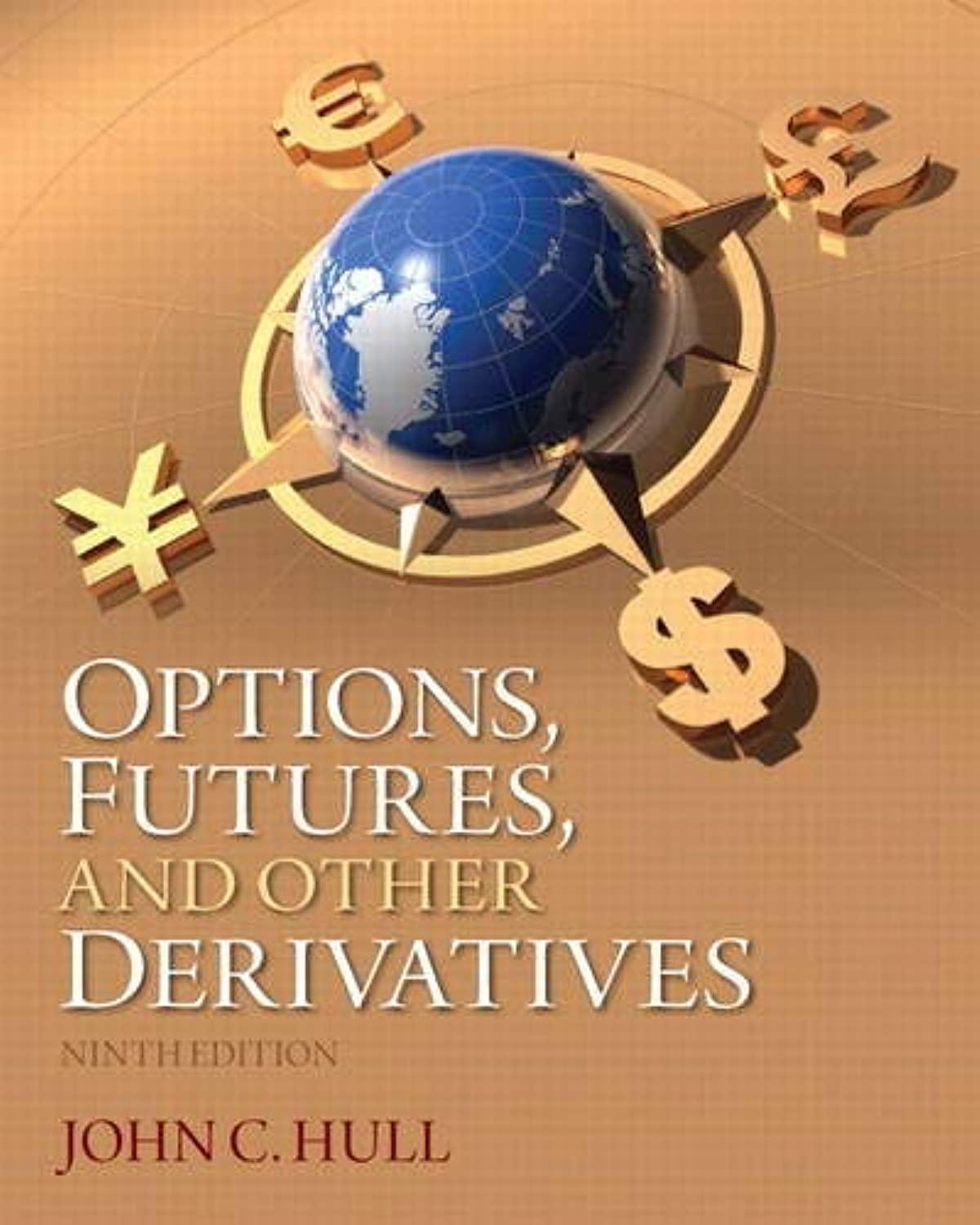Answered step by step
Verified Expert Solution
Question
1 Approved Answer
Ok so this is the question and Im also attaching answers of it also. Now my question is related to Part (C). As we know,
 Ok so this is the question and Im also attaching answers of it also.
Ok so this is the question and Im also attaching answers of it also.



Now my question is related to Part (C). As we know, V(T)= S(T)-F(0,T). So why we took 1.69-1.75 instead of 1.69-1.7418. As we calculated F(0,T) in Part (A).
The spot rate for British pounds is $1.76. The US risk-free rate is 5.1 percent, and the UK risk-free rate is 6.2 percent; both are compounded annually. One-year forward contracts are currently quoted at a rate of $1.75. A Identify a strategy with which a trader can earn a profit at no risk by engaging in a forward contract, regardless of her view of the pound's likely movements. Carefully describe the transactions the trader would make. Show the rate of return that would be earned from this transaction. Assume the trader's domestic currency is US dollars. B Suppose the trader simply shorts the forward contract. It is now one month later. Assume interest rates are the same, but the spot rate is now $1.72. What is the gain or loss to the counterparty on the trade? C At expiration, the pound is at $1.69. What is the value of the forward contract to the short at expiration? Solution to A: The following information is given: S0rrfT=$1.76=0.051=0.062=1.0 The forward price should be F(0,T)=(1.062$1.76)(1.051)=$1.7418 With the forward contract selling at $1.75, it is slightly overpriced. Thus, the trader should be able to buy the currency and sell a forward contract to earn a return in excess of the risk-free rate at no risk. The specific transactions are as follows: - Take $1.76/(1.062)=$1.6573. Use it to buy 1/1.062=0.9416. - Sell a forward contract to deliver 1.00 in one year at the price of $1.75. - Hold the position for one year, collecting interest at the UK risk-free rate of 6.2 percent. The 0.9416 will grow to (0.9416)(1.062)=1.00. - At expiration, deliver the pound and receive $1.75. This is a return of 1.65731.751=0.0559 A risk-free return of 5.59 percent is better than the US risk-free rate of 5.1 percent, a result of the fact that the forward contract is overpriced. We now need the value of the forward contract to the counterparty, who went long at $1.75. The inputs are tStTtF(0,T)=1/12=$1.72=11/12=$1.75 The value of the forward contract to the long is Vt(0,T)=(1.062)11/121.72(1.051)11/121.75=0.0443 which is a loss of $0.0443 to the long and a gain of $0.0443 to the short. Solution to C: The pound is worth $1.69 at expiration. Thus, the value to the long is VT(0,T)=1.691.75=0.06 and the value to the short is +$0.06. Note the minus sign in the equation VT(0,T) =0.06. The value to the long is always the spot value at expiration minus the original forward price. The short will be required to deliver the foreign currency and receive $1.75, which is $0.06 more than market value of the pound. The contract's value to the short is thus $0.06, which is the negative of its value to the longStep by Step Solution
There are 3 Steps involved in it
Step: 1

Get Instant Access to Expert-Tailored Solutions
See step-by-step solutions with expert insights and AI powered tools for academic success
Step: 2

Step: 3

Ace Your Homework with AI
Get the answers you need in no time with our AI-driven, step-by-step assistance
Get Started


